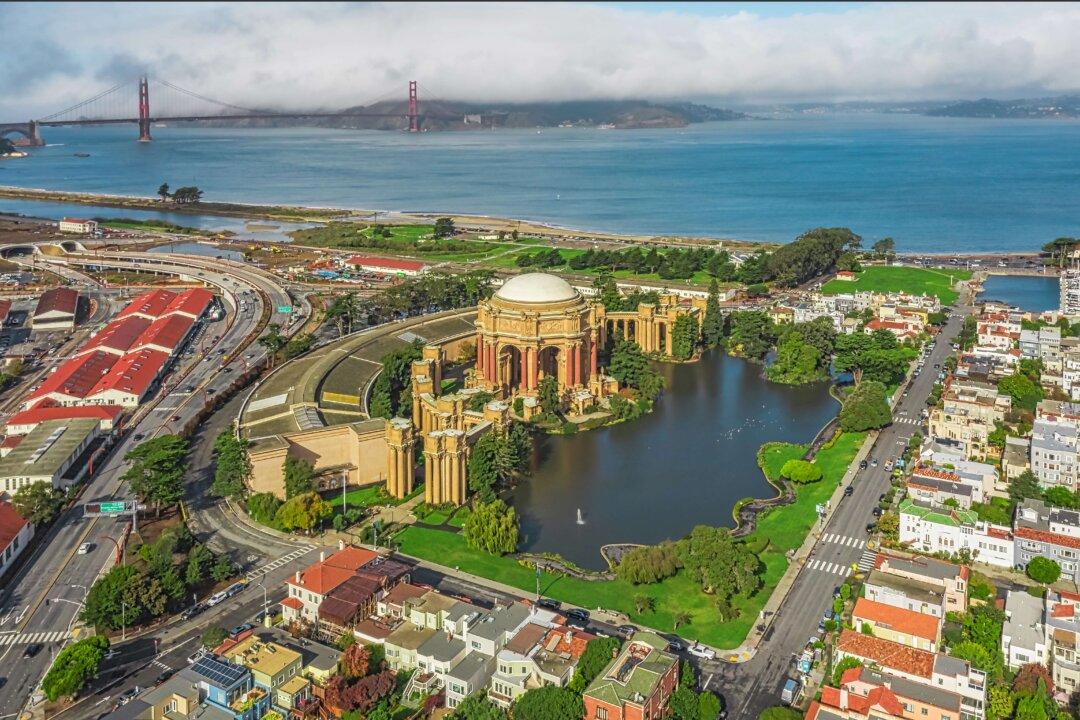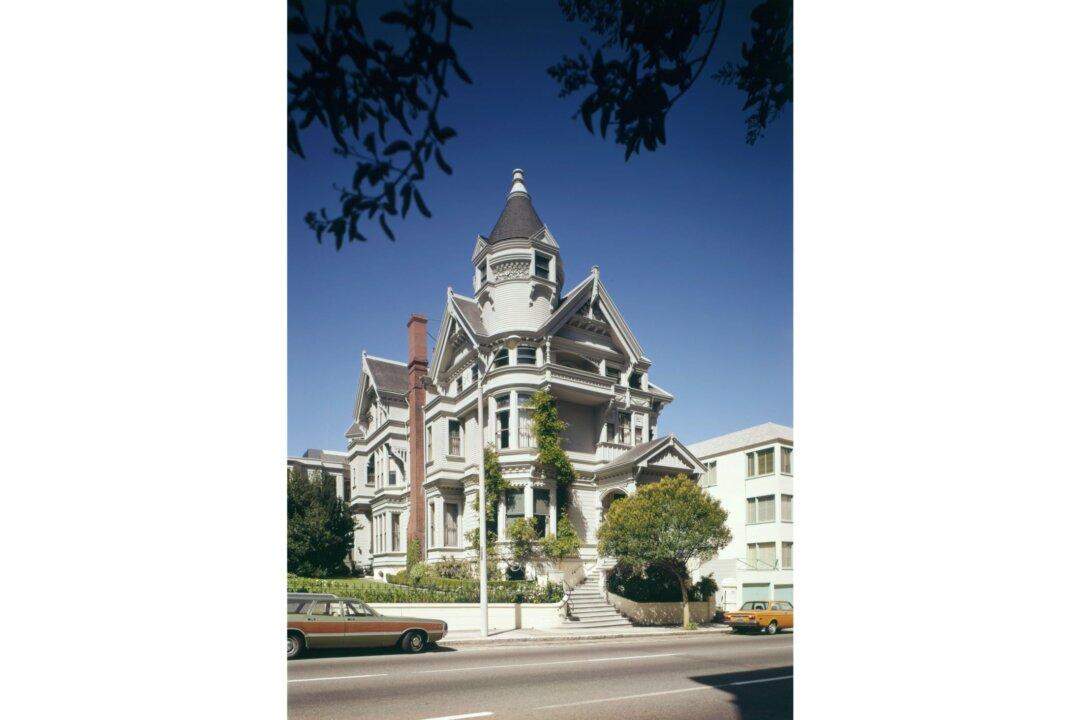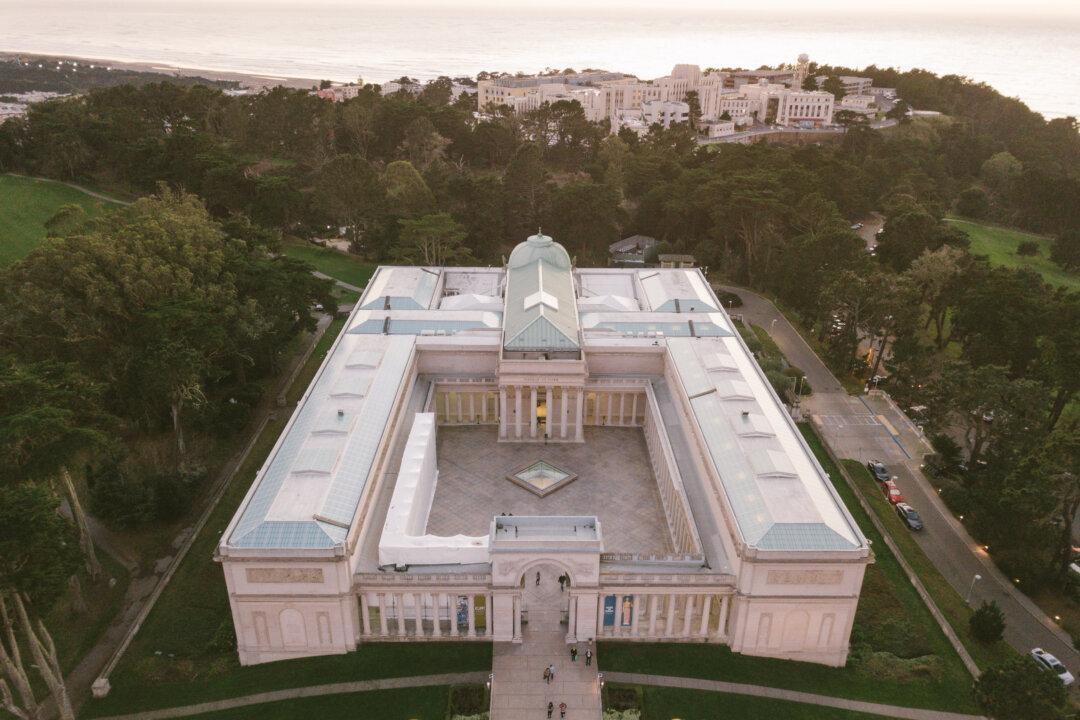San Francisco’s Palace of Fine Arts was originally built for the 1915 Panama Pacific International Exposition, a world’s fair that celebrated the completion of the Panama Canal and the recovery of the city after the devastating earthquake of 1906. Inspired by Greek and Roman architecture, Bernard Maybeck designed the structure, intending to evoke a sense of timelessness and elegance with its classical columns, arches, and domes.
When the fair ended, only the Palace of Fine Arts building remained. It wasn’t maintained over the years and deteriorated. The city rallied to save it, and its reconstruction began in 1964, with the last phase completed in 2009.





